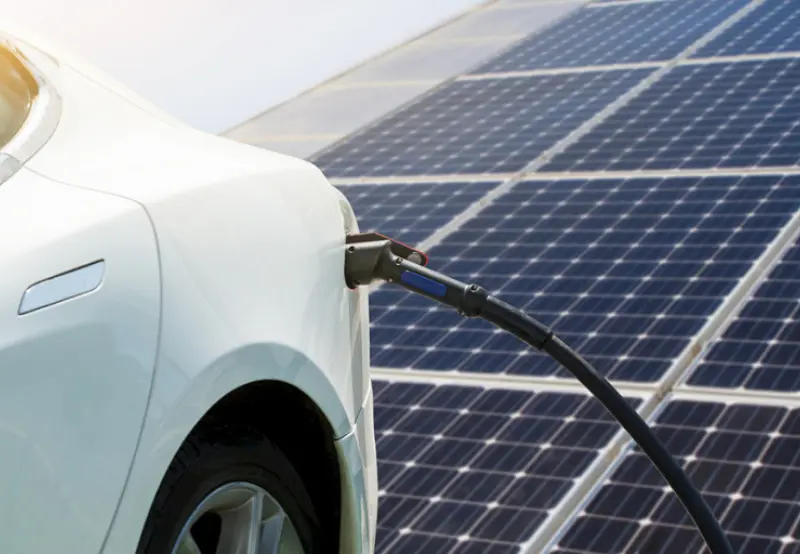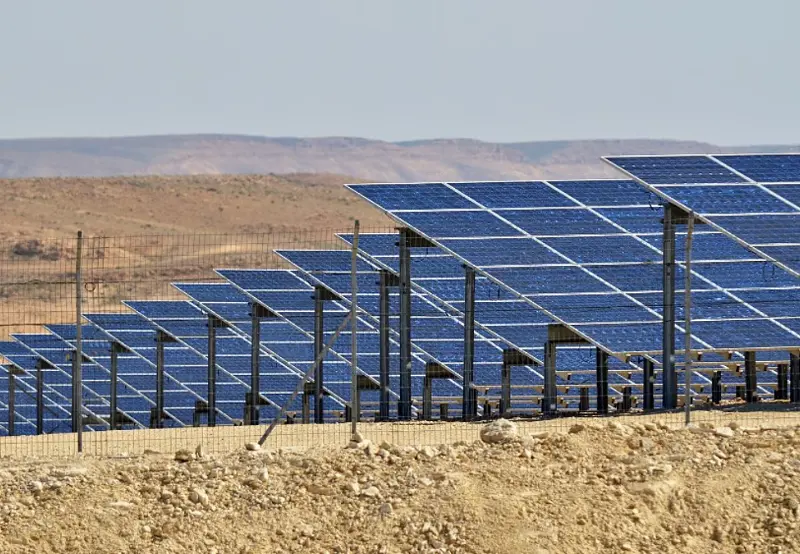Kerala introduces a 30% discount with its solar-hour tariff for EV charging between 9 am–4 pm. Learn how this transformative policy encourages sustainable mobility and boosts solar adoption.
Table of Contents
- Introduction: A Greener Kerala Takes Shape
- 1. What Is the Solar-Hour Tariff for EV Charging?
- 2. Kerala’s Pioneering KSERC Initiative
- 3. Why 9 AM to 4 PM? Optimising Solar Supply
- 4. How the 13:7 Conversion Ratio Works
- 5. Economic and Environmental Advantages
- 6. Challenges That Still Remain
- 7. What This Means for India’s EV Future
- A Brighter Road Ahead
Introduction: A Greener Kerala Takes Shape
The solar-hour tariff for EV charging recently adopted in Kerala is more than a pricing change—it’s a bold policy push toward cleaner transport and smarter solar power utilisation. Approved by the Kerala State Electricity Regulatory Commission (KSERC), this policy incentivises electric vehicle (EV) charging during peak solar generation hours by offering a 30% discounted tariff from 9 AM to 4 PM.
This move reflects Kerala’s growing leadership in clean energy adoption, with a strong focus on building an eco-friendly EV charging ecosystem.
1. What Is the Solar-Hour Tariff for EV Charging?
In simple terms, the solar-hour tariff is a pricing model that offers reduced electricity rates for EV charging during daytime hours when solar power generation is at its peak. This 30% discount encourages consumers to charge their EVs when clean energy is most abundant, thus helping balance the grid and reduce reliance on fossil fuels.
2. Kerala’s Pioneering KSERC Initiative
The KSERC’s approval of the solar-hour tariff is a first-of-its-kind policy framework in India. It aligns with the state’s climate objectives and is designed to:
- Increase solar power usage
- Reduce EV charging costs
- Mitigate grid load during peak evening hours
- Improve solar asset efficiency
The tariff also allows net energy accounting, where consumers can offset non-solar energy imports with solar exports under a unique 13:7 energy conversion ratio.
3. Why 9 AM to 4 PM? Optimising Solar Supply
These specific hours—9 AM to 4 PM—are known for maximum solar generation. Kerala’s grid often experiences surplus solar energy during this window, which traditionally goes underutilised.
By directing EV owners and commercial fleets to charge during this time, the government ensures:
- Reduced solar energy curtailment
- Efficient grid management
- Less dependency on carbon-based peak-hour electricity
4. How the 13:7 Conversion Ratio Works
One of the most innovative aspects of this scheme is its energy accounting mechanism:
- Consumers who export surplus solar energy can import electricity during non-solar hours
- But, for every 13 units of solar energy exported, they can import 7 units at regular times
This 13:7 energy banking ratio provides partial compensation for clean energy use, supporting both solar developers and consumers with rooftop setups.
5. Economic and Environmental Advantages
The solar-hour tariff for EV charging delivers a double win:
- Financial Relief: Consumers save up to 30% on EV charging costs
- Cleaner Air: Reducing evening demand on thermal power cuts down carbon emissions
- Boosting Solar Projects: Solar developers find more value in exporting during off-peak times
- Grid Stability: EVs become virtual storage units during low-demand hours
This initiative also aligns with India’s ambitious target of 30% electric vehicle penetration by 2030, and 500 GW of renewable capacity.
6. Challenges That Still Remain
While promising, Kerala’s solar-hour policy still faces a few hurdles:
- Infrastructure Gaps: Limited charging stations, especially in rural and tier-2 cities
- Awareness & Adoption: Consumers and commercial fleets need to be educated on time-based tariffs
- Storage Solutions: A lack of scalable battery storage hinders complete solar load absorption
Solutions such as battery-integrated charging hubs, real-time tariff visibility, and government-led promotion could accelerate adoption.
7. What This Means for India’s EV Future
Kerala’s innovative tariff structure could become a blueprint for national replication. As more states observe its success:
- EV charging becomes greener
- Solar investments gain traction
- Energy independence receives a major boost
Major players like Tata Power, Ather Energy, and Adani Total are now reportedly exploring daytime EV charging stations in Kerala and beyond, catalysed by this forward-thinking policy.
A Brighter Road Ahead
The solar-hour tariff for EV charging is a strategic leap toward a sustainable and cost-effective EV infrastructure. With reduced costs, optimal solar usage, and smart energy balancing, Kerala sets a powerful example for how policy and clean technology can work hand-in-hand.
As the world battles climate change, local innovations like this can create global ripples.





